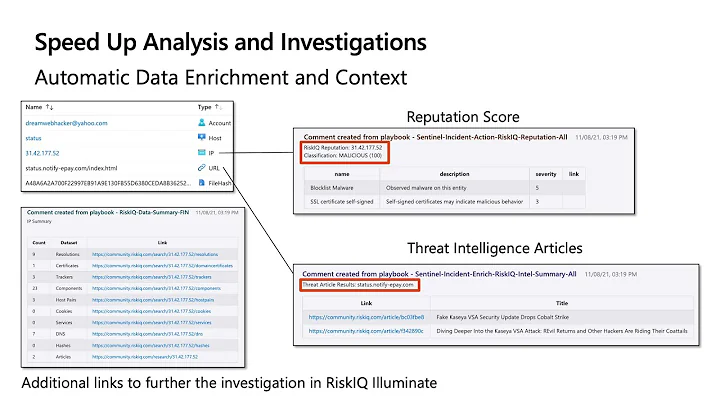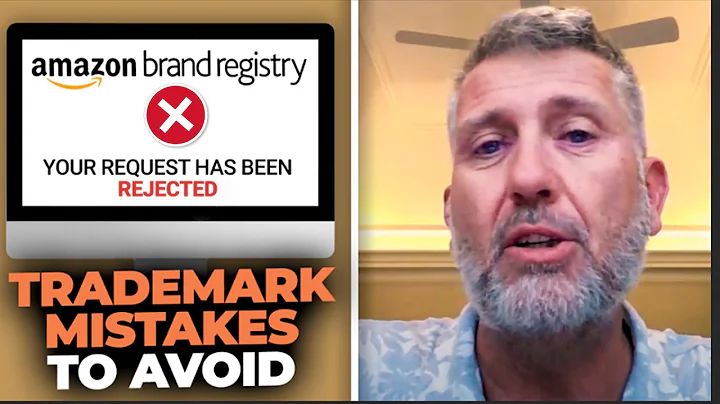Recently, if I want to talk about , the most popular word in the Amazon circle, it can be said that it is "brand abuse". New accounts and new brands encountered “brand abuse” as soon as they started filing for registration; old brands encountered “brand abuse” as soon as they started licensing; some brands even had their brands canceled and invalidated by Amazon due to “abuse”. Situations like this kind of "brand abuse" have recently begun to appear on a large scale. Some completely clean new brands and new accounts have also encountered "brand abuse" situations, which makes people confused for a while. It is not known exactly what medicines are sold in Amazon Gourd.

Source Amazon
First of all, let me start with the root cause of "brand abuse". Before Amazon started blocking brands last year, all Amazon's punishment targets were seller accounts, not brands. This is actually easy to understand, because there are many distributors and agents under the brand, and the brand cannot be punished for some irregularities by distributors and agents. This is also unreasonable and unfair to the brand itself. But later, Amazon gradually discovered that Chinese sellers used various scapegoat accounts to resolve waves of blows from Amazon through the "less brands, more accounts" model. In response to this multi-account strategy of Chinese sellers, Amazon It was just like hitting the cotton with a fist, and it was completely useless. Combining this situation, Amazon began to directly take action against the brand. As long as there is a violation record for the authorized account under the brand, all of them will be counted on the brand. If there are 50 seller accounts under the brand, and each account violates one violation, the brand Even if there are 50 violations, Amazon will block a large number of brands through this logic, which also caused the brand ban tragedy last year.
Although this vigorous and vigorous approach last year did achieve good results, it also lost the trust of many sellers. Many sellers began to flee Amazon and began to expand new channels such as Walmart . Last year, Walmart also Thanks to Amazon's sealing of the brand, overall sales and the number of merchants have grown rapidly. In view of this, Amazon cannot say that it is still blocking brands like it did last year. This is equivalent to forcing merchants to leave and move to competitors, but it cannot go back to the previous "targeting accounts rather than targeting brands" On the old road, after considering all factors, it is a good and foolproof strategy to replace the overly severe "brand blocking" with the relatively mild "brand abuse". Therefore, "brand abuse" came into being.
Among the scenarios where "brand abuse" occurs, the two most common scenarios are "brand registration" and "brand authorization". Below, I will analyze the reasons for brand abuse and the corresponding solutions for these two scenarios.
Brand Registration Scenario
Let’s start with the “Brand Registration” scenario. If during the brand registration process, “Brand Abuse” is prompted, generally speaking, there is either a problem with your brand, or you are the one who registered it. There is a problem with the seller's account.
Let’s first look at the brand issues. Specifically, the brand itself does not have violations or violations. The main problem lies in the registration and authorized accounts under the brand. These seller accounts were warned by Amazon due to violations. Or be blocked. These seller accounts have some violations or warnings that were not dealt with in time. Sites in other countries with the same set of information for these seller accounts have warning and ban records or violations that were not dealt with. The above-mentioned series of accounts will eventually be calculated with Go to the associated brands. Once these records are produced, the brand will be prompted for abuse and will be directly restricted in filing and authorization.If abuse occurs due to problems with the brand itself, this situation will be difficult to solve. There is currently no appeal path for brand abuse, and there is no better solution. We can only say that we will temporarily give up filing and authorization related to this brand. Work because the temporary is irreversible.
I would like to add a detailed question here. Many people have asked me before. If the role selection is registered agent during brand authorization, does it mean that even if the seller's account has violations, the brand will not be counted? On the head. There is no conclusion yet on this issue, but judging from the large number of cases I have accumulated here, no matter what role you have as a seller account, as long as there is a violation, it will be recorded on the brand associated with it, but it is just a matter of severity. Different, the violation of the registered account is the most serious, it may directly link the brand, and the violation of the brand owner or administrator role may also directly cause abuse. The violation of the registered agent role has the least impact on the brand, but the magnitude is large. There will also be problems.
Having finished talking about brand issues, let’s look at account issues next. If after our inspection, the brand to be registered has not had any problems before, then the reason for the abuse should be from the registered account. At this time, we need to check whether the registered account has any records of violations, bans or warnings, whether there are no records of unprocessed violations, and whether there are any records of violations, bans and penalties for sites in other countries with the same set of information. If found If yes, then there must be something wrong with the account used for filing. We need to change a new account for filing to solve this problem.
Seeing this, some veterans may want to ask, if after our review, it is found that the brand is absolutely clean, the account is also absolutely clean, but abuse still occurs, how should this be solved? To be honest, this situation is very common and appears frequently recently. If you encounter this problem, I suggest that you can directly use the Amazon buyer account to register, and directly use the buyer account as the registration account. This buyer account does not You need to have a seller account associated with it, and you can use a separate network environment as a host (such as VPS or Purple Bird). Many times, it always prompts for abuse, but once you use the buyer account to register, it will be passed quickly. After passing, you can try again. Just authorize these seller accounts that are actually put into use, and it will not affect subsequent use. And another advantage of doing this is that the registered account will never be suspended, because the buyer's account will not be actually used, nor will there be any related actions, and it is still operated in an independent network environment, and there will be no suspension or association. possibility.
Brand authorization scenario
In addition to frequent reminders of abuse during brand registration, we will also prompt abuse when doing brand authorization. In fact, whether it is brand registration or brand authorization, the root cause of abuse is the same. The specific reasons for prompting abuse have been explained in detail above. It is either the brand or the account. If it is indeed If it is a certain reason, just solve it in a targeted manner.But if when authorizing, it prompts for abuse. After inspection, it is found that it is neither the account nor the brand. Both the account and the brand are absolutely clean, but when authorizing, it still prompts for abuse. Then where is the problem? Problem?
Generally speaking, there are two possibilities: On the one hand, if you use your brand account (brand registry) to complain and follow the sales, you have infringed too many times, and the failure rate is too high, Amazon may determine that you have abused the brand function. Therefore, when you authorize a new account, you will be prompted for abuse and prohibited from authorizing a new account. Therefore, when we use brand accounts to complain, we must be cautious and ensure a certain successful complaint rate. It is very important; another On the other hand, it is also possible that the brand is too new and the accumulated sales weight is not enough. Once authorized, it may be rejected due to abuse. If this is the case, you can maintain the weight for a period of time and then authorize it, and then you can proceed normally. Authorized, according to our experience, for a generally healthy and well-weighted brand, it is not a problem to authorize 40 or 50 seller accounts.
By the way, let me add a little more content to you. This is also information provided to me by a seller friend. To be honest, I haven’t really tested it, but he told me that it is still useful, so I will share it here. I hope It can play some positive roles: If your brand and account are sure to have no problems, and you are still prompted for abuse despite being absolutely clean, in addition to the solutions I shared above, there is also an official appeal path. You can try it:
Submit the following information on the URL https://amazonbrsap.qualtrics.com
The brand name to be appealed
The case ID of the brand registration to be appealed
Whether it is the brand owner
Whether it has been appealed before, if so, After the new CASE ID
was submitted, it was said that it would take 7 working days to reply
That’s all for today on the topic of brand abuse. I believe that after reading this article, you should understand the ins and outs of abuse and the corresponding The solutions are already very familiar, and I hope it can bring you some help and inspiration. If there is anything unclear or needs discussion, please come to the comment area to communicate with me!





















